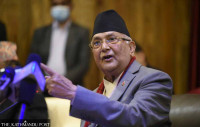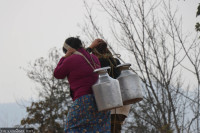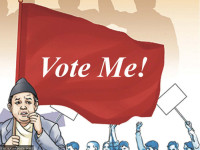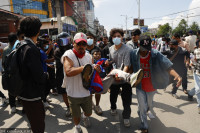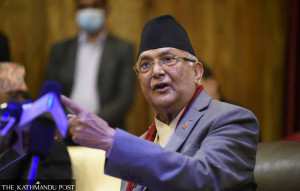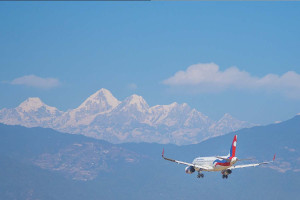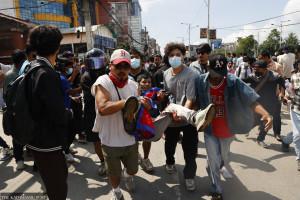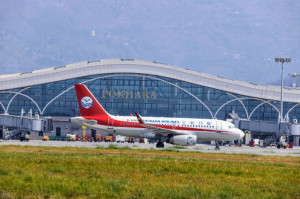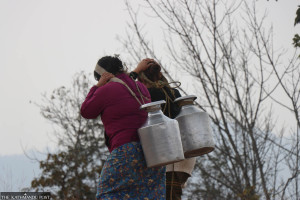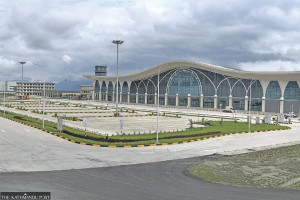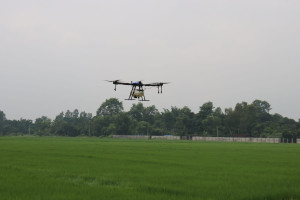Editorial
No relief
The politicisation of reparations and their selective nature does grave injustice to victims.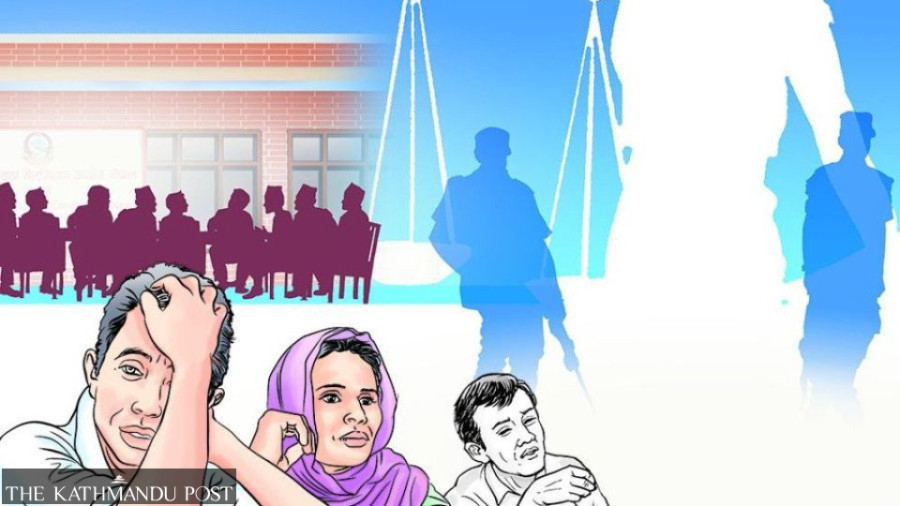
Following the Comprehensive Peace Accord (CPA) in 2006, the provision for distributing relief packages to victims of a decade-long Maoist insurgency (1996-2006) also commenced. Under the then Peace and Reconstruction Ministry, the government established the Relief and Rehabilitation Unit, which was tasked with considering the local peace committees’ recommendations for victims’ support. The central government set aside budgets for the families of the deceased and the victims of enforced disappearances. Soon after the country transitioned to federalism, provincial governments and local units also devised relief programmes for conflict victims.
Almost two decades on, billions of rupees have been poured in the name of relief, but they have fallen short of addressing the victims’ actual needs and problems. This has not only put them in continued hardship but also exposed deep flaws in our government’s approach to supporting them. Across all government levels, a lack of coordination and concrete policies on relief programmes are evident. Even as the federal government has been working on a reparative policy, its introduction has been delayed. Additionally, relief packages are designed without the participation of the victims they are meant to serve. Provinces often run such initiatives without consulting stakeholders, let alone the beneficiaries.
That is not all. Some provinces provide relief packages to some categories of victims, but not to others. In Madhesh Province, for instance, the provincial government in 2022 distributed Rs100,000 for every family that lost loved ones to different movements, including the Maoist insurgency. In 2024, the government provided more than Rs300,000 to each family whose member became a “martyr” during Madhesh uprisings. This year, the province has planned health insurance for 1,080 families of martyrs of the Madhesh movements as well as of the insurgency. However, these relief programmes fail to cover the families of victims of enforced disappearances, torture and sexual violence. In another piecemeal approach, Bagmati Province’s Rs3 million budget for this fiscal year helps only those who were disabled during the insurgency, not others. So far, those who endured torture and sexual violence during the insurgency haven’t received any relief. The government has rather set aside budgets for knitting, sewing and livestock farming, rendering the relief programmes ineffective.
In different provinces, the victims of violence who are yet to get packages feel cheated, as there’s a disparity in relief distribution across government levels. Victims also point out that the relief initiatives are “politically motivated”, which sideline their needs. Cheques reach the victims only from party affiliates and the likes of the chair of the Maoist Centre or other party chiefs. Unless someone is close to the parties, relief is elusive.
The Conflict Victims’ Common Platform, an organisation working on the rights and needs of conflict victims, in its 2018 advocacy paper of major reparative needs, called for legal aid and free legal services, community-based programmes to mitigate threats and fears the victims faced, and public acknowledgement and recognition of conflict victims and harms they suffered, among others. Really, any relief that doesn’t directly respond to the needs of victims is meaningless.
In every plan and policy related to relief programmes, the inclusion of victims and their families is vital. As important is crafting a reparative policy and designing programmes with coordination between all government levels so that all victims are treated equally. The politicisation of reparations and their selective nature does grave injustice to thousands of victims who have silently suffered for so long.




 21.12°C Kathmandu
21.12°C Kathmandu
